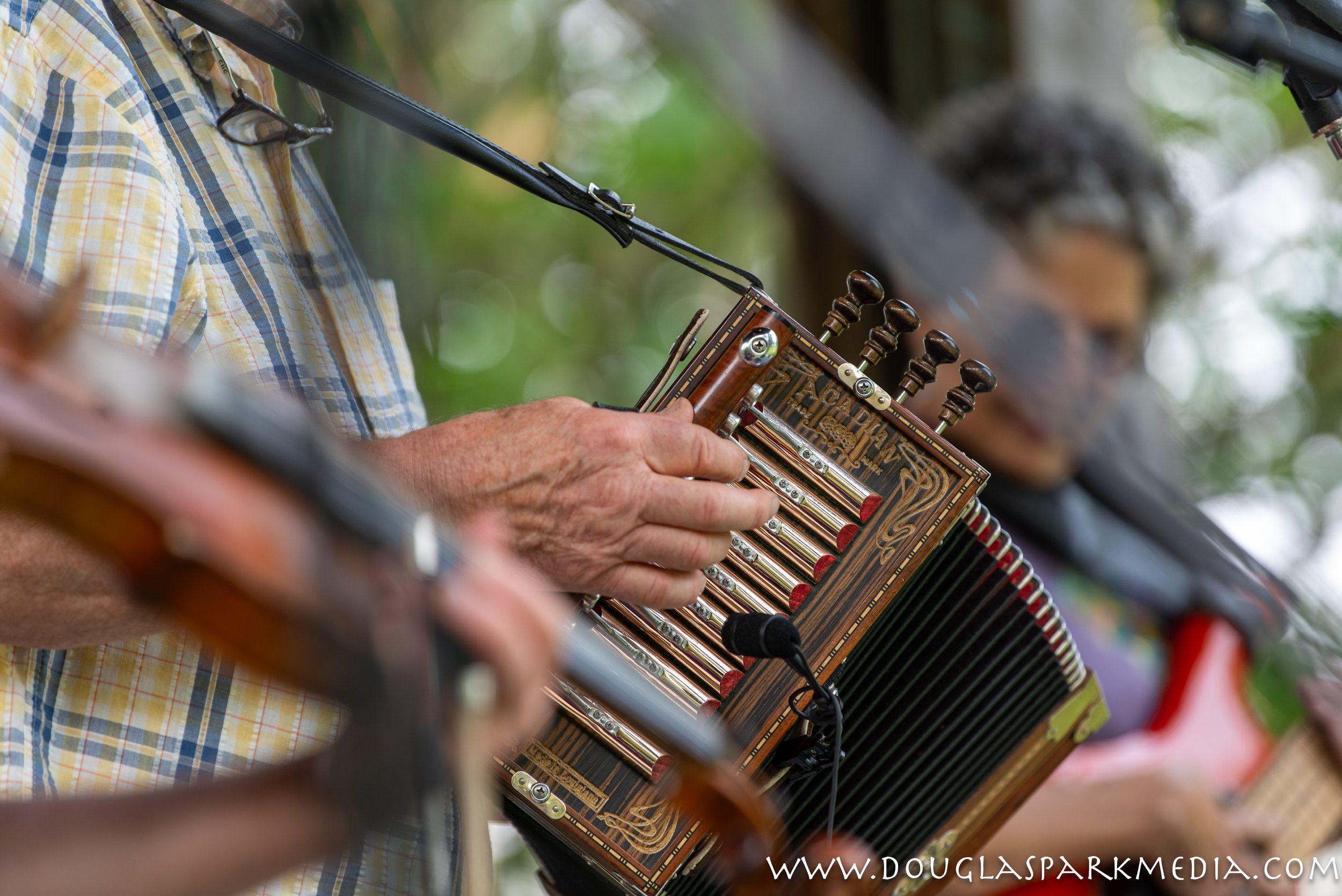I should have grabbed a photo of the woman I saw standing on Maine Street in front of Bull Moose holding what looked like the Wicked Witch of the West’s broom (before Dorothy torched it) beneath her arm. It was a beautiful object with multi-colored bristles and called out for a closer look.. Pleased with her acquisition she directed me to the other end of the mall where I found Robert Sheckler and his excellent looking array of “whisk brooms, dish brushes, besoms, and sweepers made in Maine.”
You can learn a lot at an Arts Festival. For many of the artisans and craftspeople sharing their specialized skill seems like half the fun. Folks willing to do demonstrations of their skill pay no booth fee.
Robert has a knack for telling his story while working; looking over his website and the broad array of classes he offers it became apparent why he was so adept at talking while working.
One of the challenges to buying some his products is the fear you’d degrade it if you used it for its intended purpose. Too pretty to get dirty. The good news is if you take a class you’ll be able to make your own.







Across the way I found this bowl Ken Wise had turned from a standing dead maple. The pattern reminded me of one of the peninsular maps you can find of the Maine Coast..
Like the brooms and brushes Ken’s work is a mix of the functional and the art form. He showed me a broad selection of canoe and kayak paddles. One paddle made from dense, and therefore heavier, cherry sported an intricate and vibrant pattern. Ken allowed it was probably destined for someone’s wall, but a paddle made of a piece of straight grained ash, light, strong, and flexible will dip in Maine’s lakes and rivers. Its patterns looked a lot like hand hewn baseball bats. Many of Ken’s paddle customers have a particular use in mind. Perhaps they’ve acquired an older, attractive, restored canoe and want paddles to match. A traditional Inuit kayak paddle was made from a straight spruce two-by-four.
Ken, a local and member of Mt. Ararat’s first graduating class in 1974, was happy to demonstrate how he carved a spoon but could not turn me a fresh new bowl; his lathe weighs more than a thousand pounds and couldn't make the move down to the mall for the morning. But look for the details about his shop here.
Ken Wise
There were plenty of quick card reading devices for prompt payment. Vendors almost all had cards or brochures available so follow-up is easy. Websites were available along with plenty of QR codes, none so imaginative and crafty as Whitten Hill Studio’s fully functional QR code made of wood. What a way to demsotrate woodworking skill and tech savvy commerce acumen.
The only thing I bought were two pairs of Alpaca socks. I am a sucker for quality hosiery. In the process I learned a bit about carding wool and how Inkasisa Farm fell into the Alpaca business when another farmer’s personal travails left nearly a score of Alpaca without a home and keeper..
Nail making so so labor intensive in its early days that it was not uncommon to burn under ultilized structures just to recover the nails.
There was a lot of music, along with many amusements to entertain children, and scores of other artists, craftspeople and makers on the mall. You can find a full gallery of musicians and other makers by following this link but here are some highlights.
















